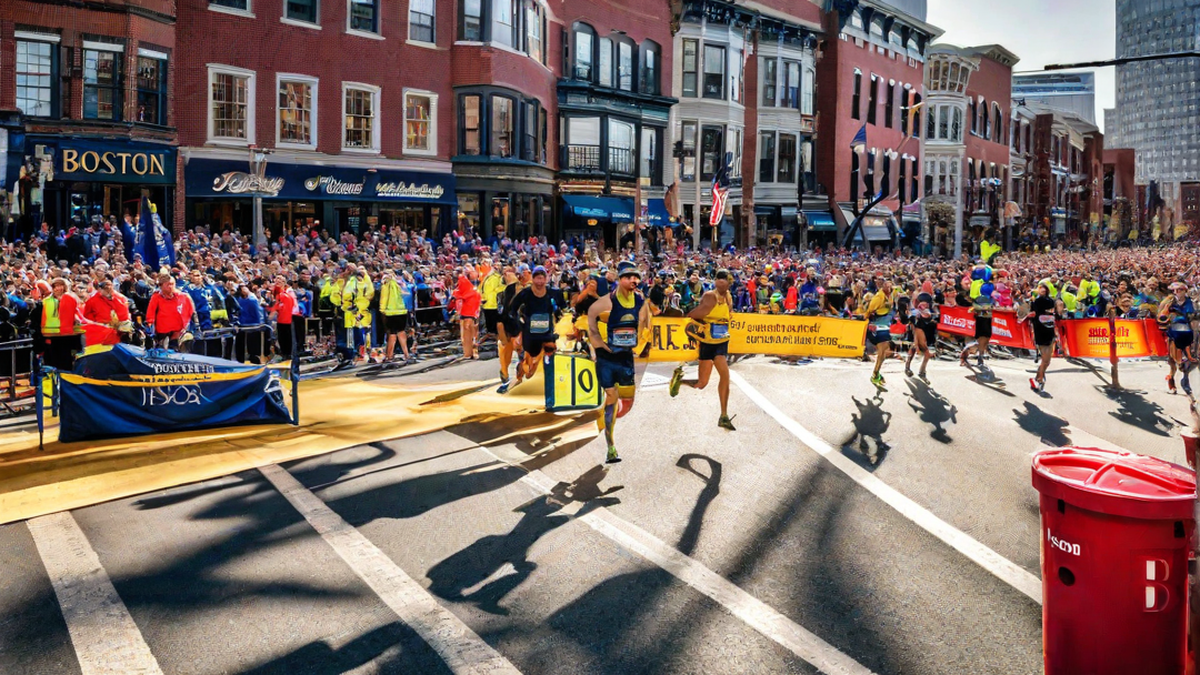The Boston Marathon is widely regarded as one of the most challenging and prestigious races in the world. As a passionate runner, I have always been intrigued by the question: why is the Boston Marathon so hard? After doing extensive research and reflecting on my own experiences, I have come to understand the various factors that make this iconic race exceptionally difficult.
The Course
One of the primary reasons why the Boston Marathon is so hard is the course itself. With its hilly terrain and unpredictable weather conditions, the race presents a considerable challenge to even the most seasoned runners. The course starts in Hopkinton and finishes in Boston, with a total distance of 26.2 miles. The initial downhill section can be deceiving, as it puts a tremendous strain on the quadriceps, making it difficult to maintain a steady pace later in the race. The undulating hills, such as the notorious Heartbreak Hill, test the endurance and mental strength of the runners.
Qualifying Standards
Another factor that contributes to the difficulty of the Boston Marathon is the stringent qualifying standards. Unlike most marathons, where anyone can register and participate, Boston requires runners to meet specific time qualifications based on age and gender. These standards ensure that only the fastest and most dedicated runners toe the starting line. The competitive nature of the race creates an atmosphere where every participant is pushing their limits, amplifying the overall difficulty.
The Competitive Field
The Boston Marathon attracts some of the world’s best long-distance runners. Sharing the course with elite athletes brings a level of competitiveness that is unparalleled. As an amateur runner, it can be intimidating to line up alongside professionals who have dedicated their lives to the sport. However, this also creates an inspiring environment where runners can witness firsthand the sheer determination and grit that it takes to excel in long-distance running.
The Weather
The weather conditions during the Boston Marathon can vary greatly from year to year. The race takes place in April, which means runners have to contend with the unpredictability of New England’s spring weather. Some years, runners may face freezing temperatures and strong headwinds, while others may battle sweltering heat. These challenging weather conditions can significantly impact performance and make the already demanding race even tougher.
The Historic Significance
The Boston Marathon holds a special place in the hearts of runners worldwide. It is the oldest marathon in the United States, with a rich history dating back to 1897. The significance and prestige associated with the race add an intangible layer of difficulty. The weight of the marathon’s legacy and the expectations it carries can create immense pressure on runners, making it harder to perform at their best.
In Conclusion
There are numerous factors that contribute to the difficulty of the Boston Marathon. From the challenging course and stringent qualifying standards to the competitive field and unpredictable weather, every aspect of the race presents unique obstacles. However, it is precisely these challenges that make the Boston Marathon so revered and sought after by runners around the world. The sense of accomplishment that comes with conquering this grueling race is unmatched, making it a true test of endurance, resilience, and determination.

